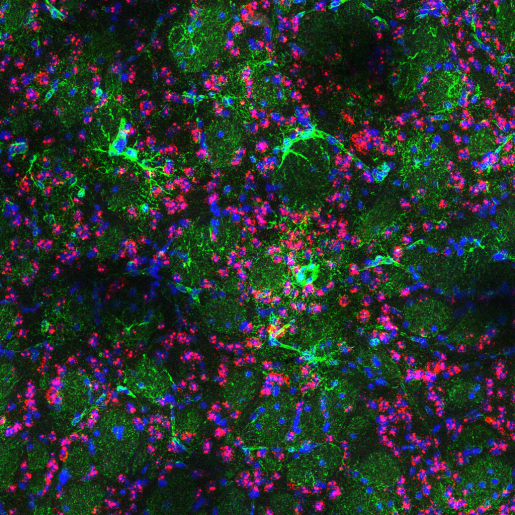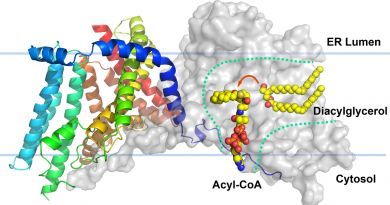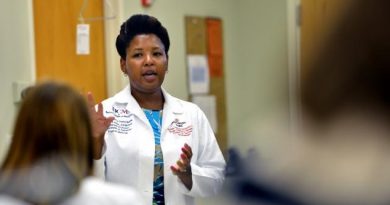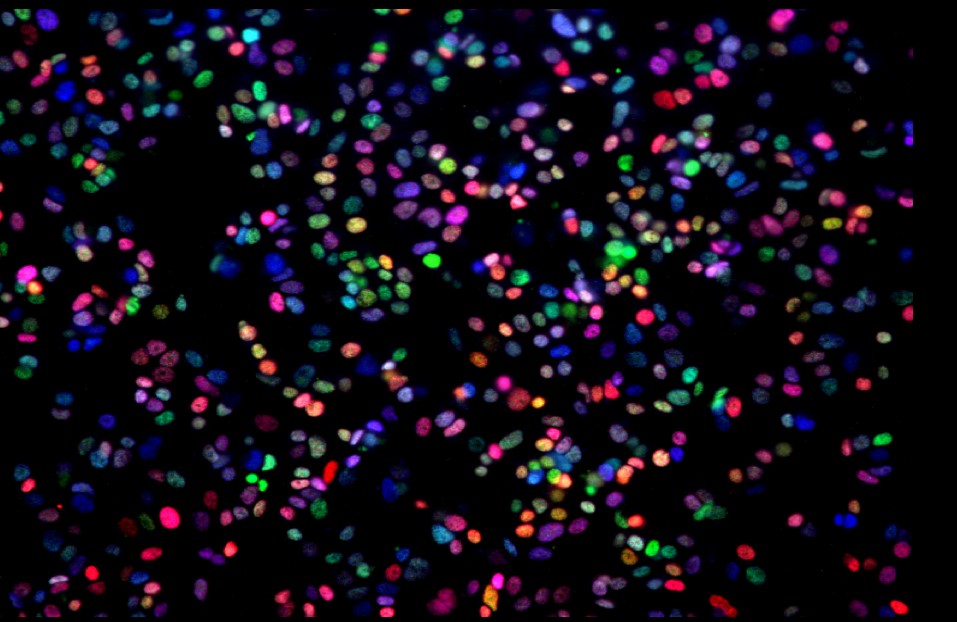Image of the Month: Brain of a mouse model of Huntington’s Disease

The lab of Dr. Juan Botas digs deep into the molecular underpinnings of Huntington disease, Parkinson disease, Alzheimer’s and other neurodegenerative diseases. The lab integrates computational and wet-lab approaches with experimental model systems including the fruit fly Drosophila and mice, as well as neuronal primary cultures and induced pluripotent stem cells-derived human neurons to answer basic questions about these conditions for which there is still no cure or effective treatment.
The Botas lab has generated fruit fly models for many neurological and neuromuscular disorders that recapitulate key disease characteristics observed in patients. Using these models, they look to not only better understand these conditions, but also identify therapeutic opportunities that may be applied to more than one neurological disorder.

Dr. Juan Botas is professor of molecular and human genetics and molecular and cellular biology at Baylor College of Medicine. He also is a member of the Jan and Dan Neurological Research Institute at Texas Children’s Hospital where he directs the High Throughput Behavioral Screening Core.
Read some of Dr. Botas’s work:
Hispanic Heritage Spotlight: Interview with Dr. Juan Botas
Sorting out what drives Huntington’s disease
‘Rule-breakers’ help identify novel gene variants that modify risk of late-onset Alzheimer’s disease
A new approach to potentially treat Huntington’s disease



